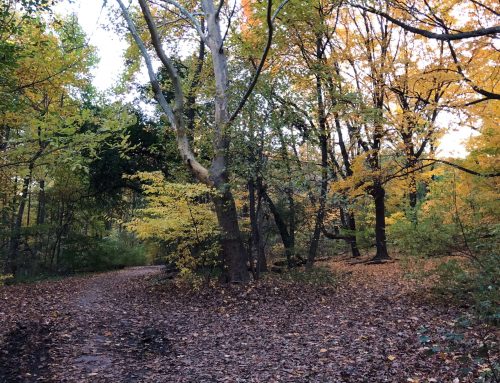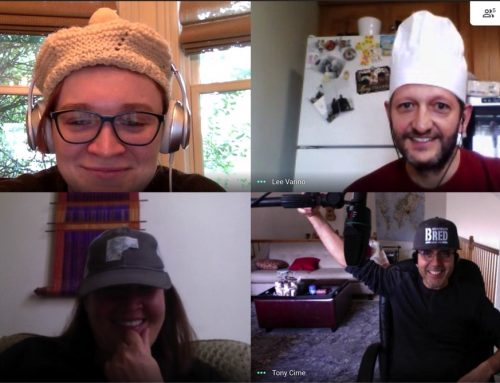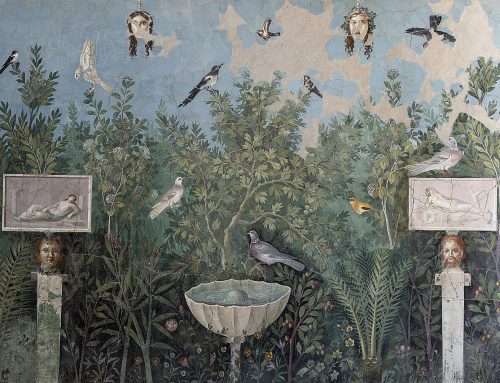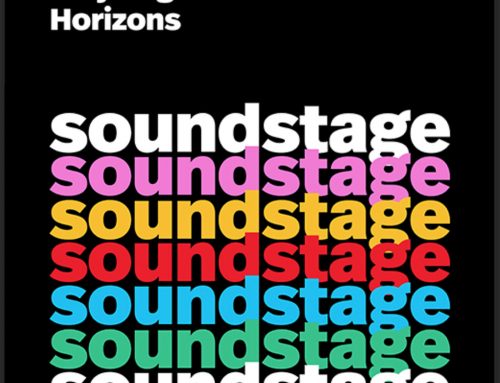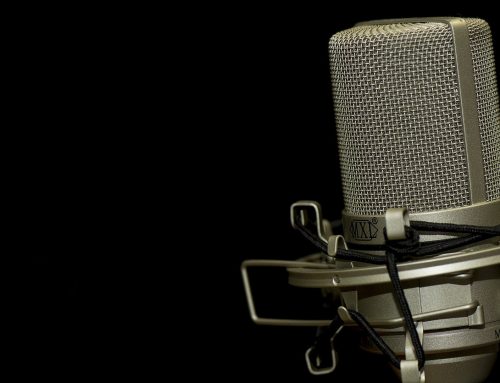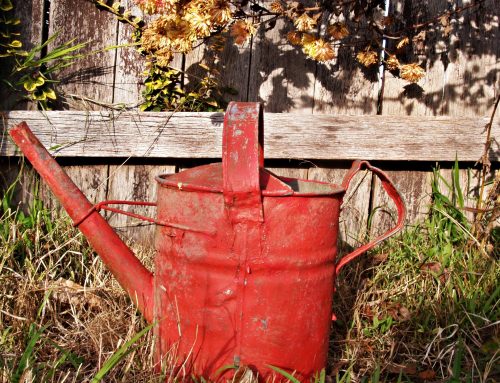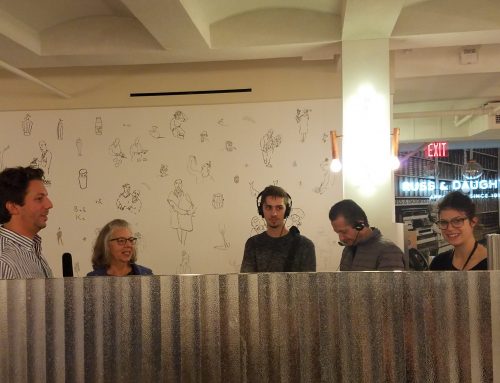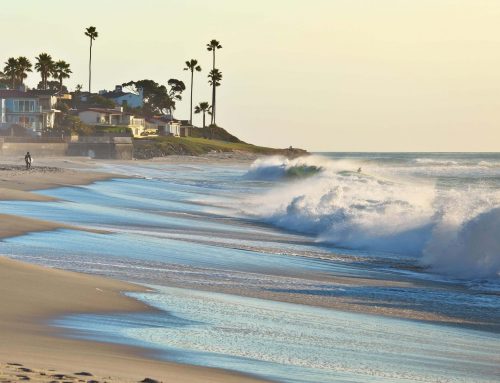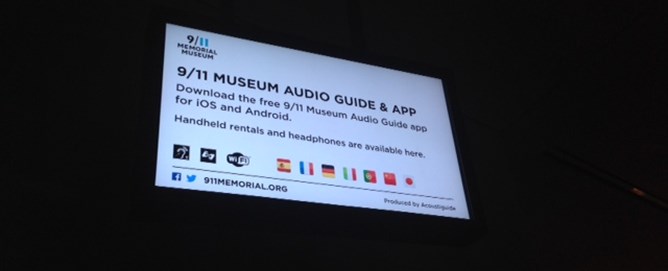 It’s been about a month since the Museum opened and we’re finally realizing that–at least for now!–our work there is done. We had the chance to sit down and talk to our main client liaison, Susan Wigodner, about her own thoughts on the project.
It’s been about a month since the Museum opened and we’re finally realizing that–at least for now!–our work there is done. We had the chance to sit down and talk to our main client liaison, Susan Wigodner, about her own thoughts on the project.
Our first visit to the site of the 9/11 Memorial Museum was July 2013. It was dark. It was loud. The floors were dusty and littered with detritus from the ongoing construction. We were awestruck by the vastness of the space. Back then it was hard to imagine how everything would come together. But, over the months, each of our visits marked a new phase of progress. Artifacts were installed. Construction crews quieted. And the storytelling took shape.
The Museum asked us to create three interpretive tours, Witnessing History (an overview tour translated into seven languages), Discovering History (for younger visitors) and Building History (focusing on the architecture and archaeology of the space). We also produced an Audio Descriptive Tour and an American Sign Language Tour. Meanwhile, the app had to streamlined and intuitive enough to help visitors negotiate a complex layout. The content had to distinguish itself from what would be seen and heard in the media-rich environment of the museum, which included audio and video from survivors, first responders, families and friends of those who perished, impactful photographs and artifacts.
Ultimately the tours focused on key objects in the interstitial areas of the Museum, away from the heavily-mediated memorial and historical exhibitions. The writing is conversational and conveys both a big picture, contextual perspective and more intimate insights from people directly involved in the events of the day or in the rebuilding process. What the tours do so well is synthesize a difficult series of events into a comprehensive and powerful narrative.
When Robert De Niro agreed to narrate the overview tour, suddenly, we realized this thing was really going to happen. As a board member for the National September 11 Memorial & Museum, his voice was not only personal but authoritative. Mark Wagner, an architect who worked for years on the preservation of remnants from the World Trade Center site and on the building of the Museum, took on a new role—as the narrator for the Building History tour. And Clara Neubauer, who was born on September 11, 2001, narrated the Discovering History tour. Her professionalism and enthusiasm blew us all away.
Since the end of May, there have been almost 80,000 downloads of the app from iTunes. You can find it here:
https://itunes.apple.com/us/app/9-11-museum-audio-guide/id872578735?mt=8
and here:
https://play.google.com/store/apps/details?id=com.tristaninteractive.sept11memorial
One of the best parts of this project was working with the Museum’s staff, who were generous, thoughtful and (understatement here), incredibly dedicated. Here are 5 Questions (and answers) for Susan Wigodner, who coordinated the development of the audio tours and the app.
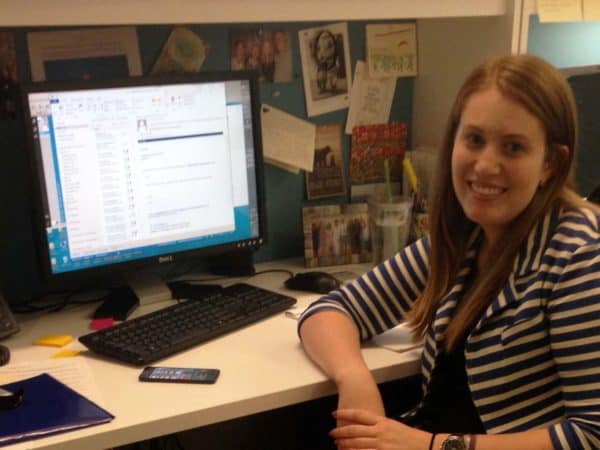
1) What do you do at the Museum and how did you come to work there? Describe a little about your background.
At the Museum, I coordinate various media projects – any digital elements of the exhibitions that our visitors can interact with or that our staff, for whatever reason, has to moderate.
I studied history and anthropology, and then went to graduate school at George Washington University for M
useum Studies. I’ve found I really love the combination of telling historical stories through new media. The 9/11 Memorial Museum has been an incredibly unique opportunity to understand the media program for an entire museum and how it all works together.
2) What did you anticipate would be the hardest part of the job? Now, having worked there for over a year, how did that bear out?
I think it’s hardest to feel like I’m doing right by the family members of victims and the people who were there on 9/11 and right afterwards. We say that everyone has a 9/11 story and many people have trusted me enough to share theirs. While that can be an incredible privilege, it can also be challenging to be a steward of their memories and experiences.
3) Can you share one or two stories that best capture the nature of your experience there—a behind-the-scenes snapshot of your daily work life?
In the months before opening, we were working to make sure that all the media in the Museum would be ready for our visitors. So I would go from our office to the construction site across the street in my hard hat and down about seven flights of stairs to review content and functionality of what had been installed in the Museum. Our main exhibition spaces are belowground, at about the level of the foundation of the original World Trade Center. Then I would walk upstairs and out of the Museum and back to our office to add content to our audio guide app or finishing testing a website – exhibition elements that are now available both in the Museum and from elsewhere. Now that we’re open, I do go from our office to the Museum a lot, but now I am always grateful for the escalators!
4) How do you manage to disassociate from difficult content? (or do you?)
As much as what happened on 9/11 was devastating and can catch you unawares even when you think you’re ready to deal with it, we also tell a lot of truly triumphant stories. People who survived, or helped others, or were inspired to do good in the world. Being able to focus on and remember those stories, and not just the challenging ones, is incredibly important for me.
5) ** and a bonus! Tell us your favorite lunch spot in Lower Manhattan and something surprising about the neighborhood.
We moved to our current office space in Brookfield Place, just west of the Memorial plaza and Museum, this winter. The complex has been undergoing major renovations and a new food court, Hudson Eats, just opened a few weeks ago – lots of new options!
There’s so much life in lower Manhattan – visitors to the Memorial, families all over Battery Park City, the kids who are always breakdancing for a crowd in Zuccotti Park around lunchtime, new businesses going in all over the place. The neighborhood has changed even in the time I’ve worked here at the Museum, and even more so since 9/11.
